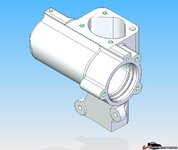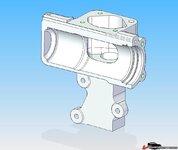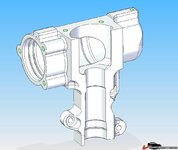Twin_Turbo
Der Maulwurf
- Joined
- Mar 5, 2008
- Messages
- 7,575
It's a buddies car, not mine. You honestly don't think I would install steeroids on mine :crylol:
It's a buddies car, not mine. You honestly don't think I would install steeroids on mine :crylol:








Actually it does matter, the pitman shaft axis has to match that of the idler arm, otherwise the pitman arm and the idler arm, combined with the center link don't form a symmetrical trapezoid. This will result in weird ackerman effects (a difference left and right with turning in and out)
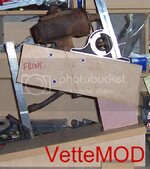
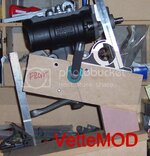
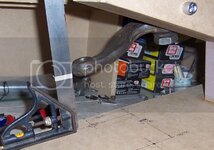
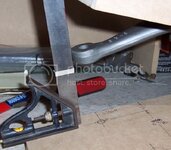
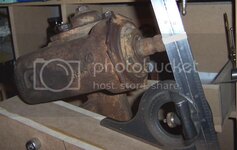
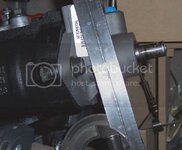
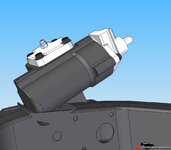
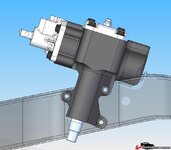

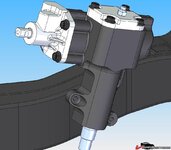
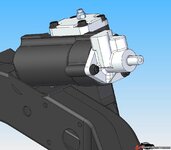
You don't get it Gene. This was fun for me, not work. I really enjoy modeling things in CAD. And right now, in the middle of a midwestern winter; a trip to the junk yard doesn't sound like much fun.NO offense to your engineers out there, but this amount of work and effort into a Jeep box somehow makes no sense to me, IMO, a rack is a much better and easier to attain project....
Once figgering out to use the Grand Am rack, the rest was simple, and if I can do it with a few trips to my welder friend across the river....surely the guys here can take my concepts and run with some tooling, I have some old drawings around somewhere, and see no reason this can't work on any shark or mid year for that matter....
THE PRIME difficulty is for someone wanting to DO this, is to do junkyard shopping.....that stops lotsa guys for some reason....
but I enjoy the hunt and free form thoughts and nice sunny days.....
usually best done alone, or with a similar like minded buddy to help with the heavy crap.....
wives not allowed......can't stand to hear the bitching....
:hissyfit:
Thanks for the comments. I'm not too concerned about the force on the frame. The manual box exerts the same force in the same area.Very nice! I was concerned with the twisting force that is put into the frame with the Jeep box. The hydraulic cylinder on the drag link provides assist and the force is transferred to the other frame member. With the Jeep box, the servo is right on the input shaft and all twisting force is resisted by the driver side frame rail. So that means to me that the box and rail see more twisting force.
Not really sure what impact that will have long term but, if I were to change something in your design, it would be to make the three mounting lugs as strong as you can. That's the beauty of billet machining. The more material you leave, the stronger the part and less machining.
Is the internal machine work a bitch?
.

